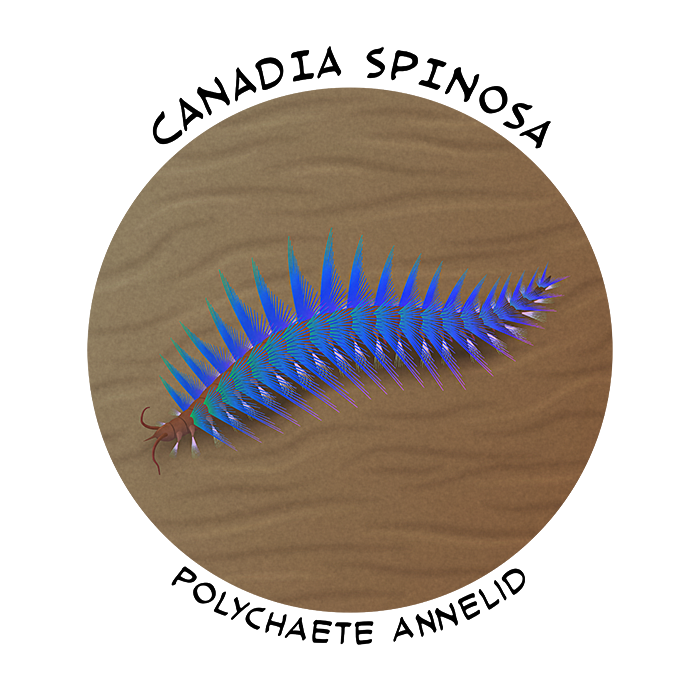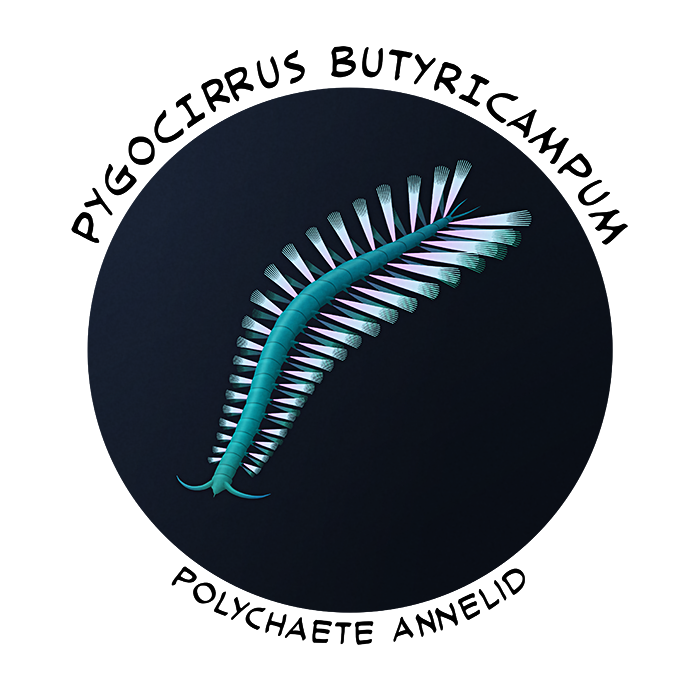Annelids in the Cambrian Period were mainly represented by bristle worm polychaetes, with most known species belonging to early stem lineages. And while more modern-style polychaetes would become abundant during the early Ordovician, the earlier Cambrian forms were still surprisingly diverse.

Canadia spinosa was one of the most distinctive-looking species, known from the Canadian Burgess Shale fossil deposits (~508 million years ago). Around 4.5cm long (1.8″), it had tentacle-like sensory palps and an eversible proboscis, along with large fans of bristles along its body. Some specimens are preserved in enough detail to make out a pattern of fine ridges on these bristles, which may have made them look iridescent in life.
It also had small branched gills located between most of its body segments, unlike those of other annelids but with some similarities to those of molluscs. It’s not clear whether this is a retained feature from an ancestral mollusc-like lophotrochozoan ancestor, or if it’s a convergence unique to Canadia.
Although it’s often considered to have been a swimming species, its fairly stiff body and the layout of its bristles suggest it was more likely a seafloor crawler.

Pygocirrus butyricampum is known from the Sirius Passet fossil deposits in Greenland (~518 million years ago). It was was around 2cm long (0.8″) and had bundles of swimming bristles that became longer towards the rear of its body.
Tendril-like structures called pygidial cirri on its final segment closely resemble those found on modern-style polychaetes – and since this feature is often considered to be a defining characteristic of the “crown group” lineage of modern-style annelids, Pygocirrus must have been either very closely related to them or an actual crown annelid itself.
Its presence in the Sirius Passet ecosystem also makes it one of the oldest known annelid fossils, and indicates that crown polychaetes may have evolved much earlier than previously thought, living alongside their stem cousins for much of the Cambrian.
